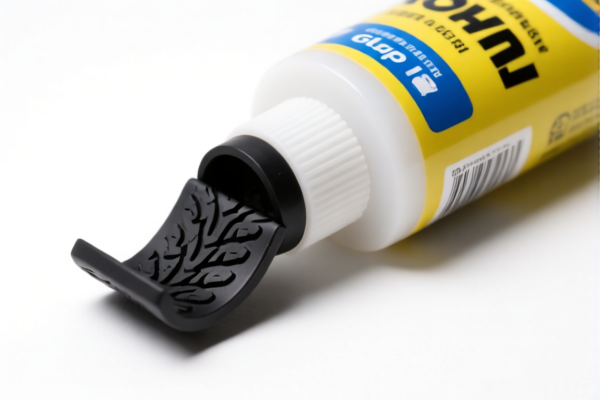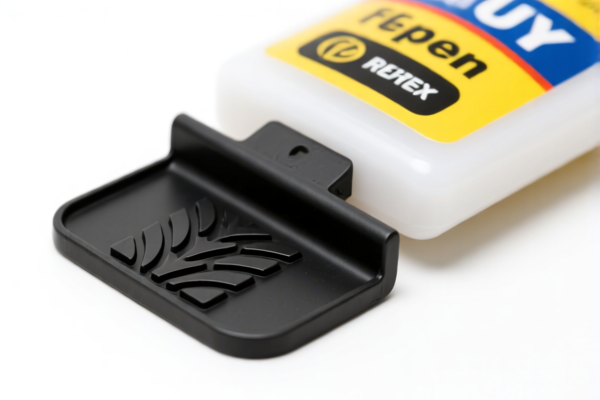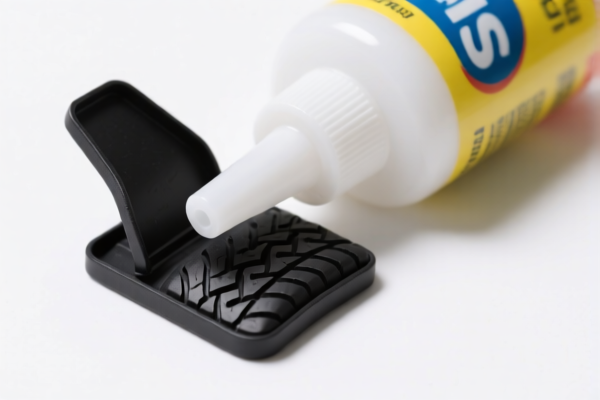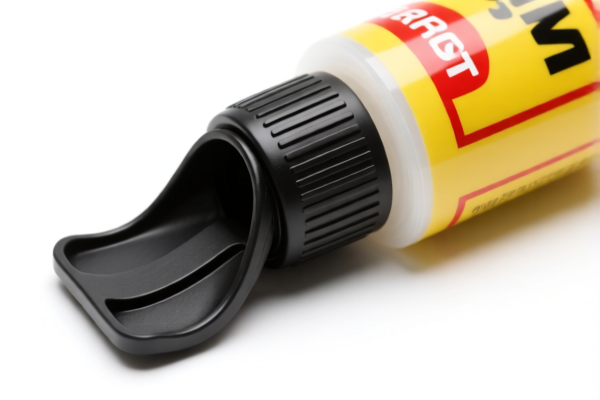| HS Code | Official Doc | Tariff Rate | Origin | Destination | Effective Date |
|---|---|---|---|---|---|
| 3926904510 | Doc | 58.5% | CN | US | 2025-05-12 |
| 3901909000 | Doc | 61.5% | CN | US | 2025-05-12 |
| 3901905501 | Doc | 61.5% | CN | US | 2025-05-12 |
| 3914006000 | Doc | 58.9% | CN | US | 2025-05-12 |
| 4016990500 | Doc | 40.9% | CN | US | 2025-05-12 |
| 4016996050 | Doc | 57.5% | CN | US | 2025-05-12 |
| 4005200000 | Doc | 55.0% | CN | US | 2025-05-12 |
| 4005990000 | Doc | 55.0% | CN | US | 2025-05-12 |
| 9602005080 | Doc | 40.2% | CN | US | 2025-05-12 |
| 3503001000 | Doc | 1.2¢/kg + 1.5%+37.5% | CN | US | 2025-05-12 |
| 3503005550 | Doc | 2.8¢/kg + 3.8%+37.5% | CN | US | 2025-05-12 |
| 9620003090 | Doc | The rate applicable to the article of which it is an accessory+30.0% | CN | US | 2025-05-12 |
| 9620005000 | Doc | 60.3% | CN | US | 2025-05-12 |
| 8714943080 | Doc | 55.0% | CN | US | 2025-05-12 |




Brake Glue
Brake glue, also known as brake shoe adhesive, is a specialized adhesive used in automotive brake systems, primarily for securing brake shoe linings to brake shoes. It is a critical component in maintaining the functionality and safety of drum brake systems.
Material Composition
Brake glue is typically a high-temperature resistant adhesive formulated with a combination of materials, including:
- Synthetic Resins: Provide the primary bonding strength and flexibility. Common resins include phenolic resins and epoxy resins.
- High-Temperature Polymers: Enable the adhesive to withstand the extreme heat generated during braking.
- Fillers: Enhance the adhesive's thermal conductivity and resistance to wear. Examples include mineral fibers and ceramic particles.
- Solvents: Used to adjust viscosity and application properties.
- Additives: Improve adhesion, flexibility, and resistance to corrosion.
Purpose
The primary purpose of brake glue is to firmly bond the friction material (brake lining) to the metal brake shoe. This bond must withstand:
- High Temperatures: Repeated heating and cooling cycles during braking.
- Shear Forces: The friction generated during braking exerts significant shear forces on the bond.
- Dynamic Stress: The constant movement and vibration of the brake system.
- Moisture and Contaminants: Exposure to water, brake fluid, and road debris.
Function
Brake glue functions by:
- Providing a Strong Mechanical Bond: Creates a durable connection between the metal shoe and the lining.
- Dissipating Heat: Helps transfer heat away from the friction surface, preventing premature wear and failure.
- Reducing Noise and Vibration: Dampens vibrations and minimizes brake squeal.
- Preventing Delamination: Ensures the lining remains securely attached to the shoe, preventing loss of braking performance.
Usage Scenarios
Brake glue is primarily used in:
- Drum Brake Systems: Essential for bonding brake linings in vehicles equipped with drum brakes.
- Brake Shoe Replacement: Applied during the replacement of worn brake shoes.
- Brake Shoe Relining: Used to re-bond worn linings to existing brake shoes (less common with modern brake technology).
- Automotive Repair: A standard component in automotive repair shops.
Common Types
- Solvent-Based Brake Glue: Traditional type, offering strong bonding but requires careful application and ventilation due to solvent fumes.
- Water-Based Brake Glue: Newer formulation, environmentally friendly with lower odor and reduced flammability. May require longer curing times.
- Brush-On Brake Glue: Applied with a brush for precise application.
- Spray-On Brake Glue: Convenient for covering larger surfaces, but requires masking to prevent overspray.
- High-Temperature Brake Glue: Formulated for vehicles subjected to severe braking conditions (e.g., heavy-duty vehicles, performance cars).
Brake glue is a substance used for bonding brake components, likely containing adhesive properties. Based on the provided reference material, several HS codes may be relevant, depending on the specific composition and application.
-
3926904510: This code covers “Other articles of plastics and articles of other materials of headings 3901 to 3914: Other: Gaskets, washers and other seals O-Rings”. If the brake glue is primarily a plastic-based adhesive used for sealing or cushioning within the brake system, this code could apply. The total tax rate is 58.5%, comprising a 3.5% base tariff, a 25.0% additional tariff, and a 30.0% additional tariff effective April 2, 2025.
-
4005200000: This code covers “Compounded rubber, unvulcanized, in primary forms or in plates, sheets or strip: Solutions; dispersions other than those of subheading 4005.10”. If the brake glue is a rubber-based solution or dispersion used as an adhesive, this code may be applicable. The total tax rate is 55.0%, consisting of a 0.0% base tariff, a 25.0% additional tariff, and a 30.0% additional tariff effective April 2, 2025.
-
4005990000: This code covers “Compounded rubber, unvulcanized, in primary forms or in plates, sheets or strip: Other: Other”. If the brake glue is an unvulcanized rubber compound in a form not specifically categorized under 4005.10 or 4005.20, this code could be relevant. The total tax rate is 55.0%, comprising a 0.0% base tariff, a 25.0% additional tariff, and a 30.0% additional tariff effective April 2, 2025.
-
8714943080: This code covers “Parts and accessories of vehicles of headings 8711 to 8713: Other: Brakes, including coaster braking hubs and hub brakes, and parts thereof: Drum brakes, caliper and cantilever bicycle brakes, and coaster brakes; parts thereof (including cable or inner wire therefor, fitted with fittings) Other”. If the brake glue is specifically formulated for use as a component of brake systems (e.g., as an adhesive for brake pads), this code may be applicable. The total tax rate is 55.0%, consisting of a 0.0% base tariff, a 25.0% additional tariff, and a 30.0% additional tariff effective April 2, 2025.
Important Note: The correct HS code will depend on the precise composition of the brake glue. If the glue is a mixture of materials, the component that gives it its essential character will determine the appropriate classification.
Regarding HS code 8714943080, please note that it specifically applies to parts of brakes. If the glue is supplied separately and is not an integral part of a brake assembly, another code may be more appropriate.
Customer Reviews
No reviews yet.